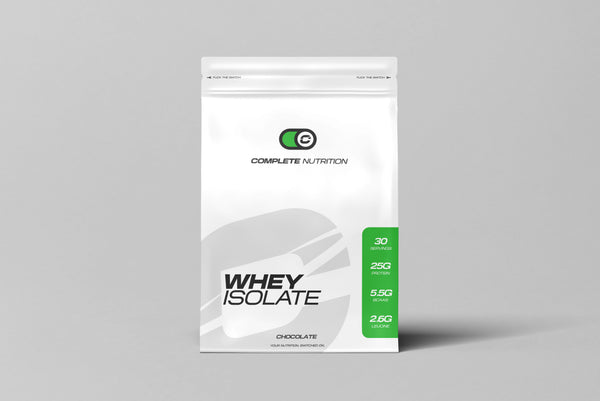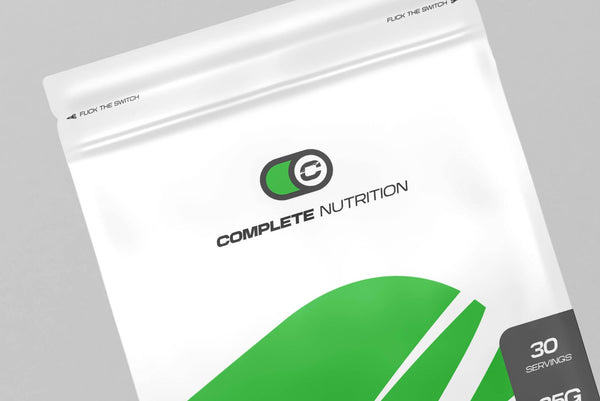A broken hand is a painful and inconvenient injury that can interfere with nearly every part of daily life. Whether it happens through a fall, sports accident, or sudden impact, the healing process takes time and care. Because the hands are used constantly for everything from gripping and lifting to writing and typing, a fracture can make even simple tasks difficult. Recovery depends on the type of break, how quickly treatment begins, and how well you follow medical and rehabilitation advice.
Want to explore more about protein powder? Head to our [Protein Powder Guidance Hub], where we answer the most common questions about how it works, how to take it, and what to expect.
Understanding the Structure of the Hand
The hand is made up of 27 bones that work together to create strength and movement. These include the carpal bones in the wrist, the metacarpal bones that form the palm, and the phalanges in the fingers. A fracture can occur in any of these bones and may vary in severity from a small crack to a complete break that shifts the bone out of position. Because the hand contains so many small bones and joints, even minor injuries can affect grip, coordination, and dexterity.
A broken hand often results from falls, sports injuries, or direct trauma such as punching a hard surface. Symptoms include pain, swelling, bruising, and difficulty moving the hand or fingers. In some cases, the injury may appear as swelling or slight deformity without an obvious break, which is why medical assessment and imaging are important to confirm the diagnosis.
Typical Recovery Time for a Broken Hand
The recovery timeline for a broken hand usually ranges from six to twelve weeks, depending on the location and severity of the fracture. Simple, non-displaced fractures often heal within six weeks, while more complicated breaks involving multiple bones or requiring surgery may take three months or longer. Recovery does not end once the bone heals, as regaining full movement and strength through physiotherapy can take several more weeks.
In the first few days following the injury, pain management and immobilisation are the main priorities. A splint, cast, or brace keeps the hand stable while the bone begins to mend. For more serious fractures, surgery may be needed to align and secure the bones with plates, screws, or wires. Once the bone starts to heal, the focus shifts toward restoring movement and flexibility.
The Stages of Bone Healing
Healing begins immediately after the fracture occurs. The body first forms a blood clot around the site, which triggers the repair process. Within a week or two, a soft callus made of collagen starts forming around the break. Over several weeks, this callus transforms into a hard bony structure, stabilising the fracture. By six to eight weeks, most hand fractures show clear signs of healing, though complete bone strength may take longer to return.
During this time, doctors may schedule follow-up X-rays to ensure the bone is healing correctly. Once the bone has set, rehabilitation begins. Physiotherapy plays a key role in preventing stiffness and helping the hand regain its full range of motion. The total recovery time, including therapy, can stretch to three or four months, especially if surgery was required.
Pain Management and Early Healing
Pain from a broken hand is usually most intense during the first few days after the injury. Rest, elevation, and pain relief medication can help manage discomfort. Keeping the hand elevated reduces swelling, while ice packs can relieve pain and inflammation. The cast or splint should be kept dry and clean, and you should follow your doctor’s advice on hand movement to avoid disrupting the healing process.
Even when immobilised, it’s beneficial to move the fingers gently if permitted by your doctor. This prevents stiffness and promotes blood flow, which supports healing. However, avoid putting pressure on the injured hand until your healthcare provider confirms it is safe to do so.
Physiotherapy and Regaining Movement
Once the cast or splint is removed, the next step is rehabilitation. The hand may feel stiff, weak, or swollen at first, but gradual exercise helps restore flexibility and strength. Physiotherapists use targeted exercises to improve grip, coordination, and dexterity. These may include finger stretches, wrist rotations, and grip training.
Patience is key during this stage. It can take several weeks to regain normal use of the hand, particularly if you were unable to move it for a long period. Consistency with your exercises is vital, as regular movement helps the tendons and muscles adapt again. If pain or swelling increases during physiotherapy, your therapist may adjust the programme to suit your progress.
Factors That Affect Recovery Time
The time it takes to recover from a broken hand varies from person to person. Factors such as age, bone density, and overall health play a major role. Younger adults and those in good health generally heal faster because their bones regenerate more efficiently. Conditions such as diabetes, osteoporosis, or poor circulation can slow down the process.
Lifestyle choices also affect recovery. Smoking, for example, restricts blood flow, which can delay healing. A balanced diet rich in protein, vitamins, and minerals gives your body the resources it needs to repair bone and tissue effectively. Following your doctor’s advice, attending all appointments, and committing to physiotherapy sessions ensure the best results.
The Role of Nutrition in Bone Healing
Your diet has a direct impact on how quickly your bones heal. Protein is essential for rebuilding tissue and maintaining muscle mass, while calcium and vitamin D strengthen the new bone matrix. Vitamin C supports collagen production, which gives bones their structure and flexibility. Other nutrients such as magnesium and zinc also contribute to bone and connective tissue health.
Eating a varied diet that includes lean protein sources like eggs, fish, and poultry, along with dairy products, fruits, vegetables, and whole grains, provides a strong foundation for recovery. If appetite or mobility makes cooking difficult, a protein powder can be a convenient way to ensure your body gets what it needs. Protein supplementation supports both bone and muscle repair during periods of reduced activity.
Surgical Recovery and Potential Complications
For fractures that require surgery, recovery can be slightly longer due to the added healing time for the surgical site. The bones are typically stabilised with metal hardware to maintain alignment. It’s common to experience some stiffness and swelling for several weeks following the procedure.
Complications such as infection, nerve irritation, or delayed healing can occasionally occur, but these risks are minimised when aftercare instructions are followed carefully. Attending follow-up appointments, keeping the surgical area clean, and performing light finger movements when advised can help prevent issues. If swelling or pain worsens, seek medical attention promptly.
Returning to Normal Activities
Returning to daily activities after a broken hand depends on how well the bone has healed and how much strength you’ve regained. Most people can begin light tasks such as writing or typing within six to eight weeks, although lifting heavy objects or engaging in manual work may take longer.
Sports or activities that involve impact, such as cycling or tennis, should be avoided until your doctor confirms it’s safe. Even once the bone is fully healed, the hand may feel weaker than before, so gradually rebuilding strength is essential. Over time, regular use and continued exercise will restore coordination and endurance.
Maintaining Hand Health After Recovery
Once your hand has healed, maintaining its strength and flexibility helps prevent future injuries. Simple exercises such as squeezing a soft ball or stretching the fingers daily can improve circulation and keep muscles active. Regular activity also promotes bone health and maintains dexterity.
A long-term diet rich in calcium, vitamin D, and protein supports strong bones throughout life. Staying active through weight-bearing exercises and outdoor activity helps maintain bone density and overall strength. For those at risk of bone weakness, such as older adults, a bone density test can help assess overall bone health.
Emotional and Mental Recovery
Recovering from a broken hand can be emotionally challenging, especially if it limits your ability to work or carry out daily tasks. Frustration, boredom, or anxiety about reinjury are common feelings during recovery. Staying positive and focusing on small milestones, such as removing the cast or using the hand for light activities, can boost motivation.
Having support from family, friends, or even a physiotherapist can make the journey easier. Mental resilience is just as important as physical healing, and maintaining a calm and steady mindset encourages better recovery outcomes.
How Supplements Can Support Healing
While a balanced diet should always be the main source of nutrition, supplements can support recovery. Protein powder can be a simple and effective way to increase protein intake, which helps rebuild muscle and tissue during the healing process. Calcium and vitamin D supplements can also help strengthen bone, particularly if your diet lacks dairy or sunlight exposure.
Collagen supplements may support joint and tendon repair, improving flexibility and comfort as the hand regains movement. Before adding any supplements, it’s best to consult your GP or a registered dietitian, especially if you are taking other medications.
Conclusion
Recovery from a broken hand takes time and careful attention. Most adults can expect to regain full use of their hand within two to three months, though the total healing process may take longer for complex fractures. Combining medical treatment, physiotherapy, rest, and good nutrition gives your body the best chance to repair efficiently and restore full function.
If you are on the road to recovery after a hand fracture, adding a high-quality protein powder to your diet can help support muscle and tissue repair. It provides a convenient and effective way to ensure your body gets the nutrients it needs to rebuild strength, improve healing, and regain full use of your hand safely.




Share:
How Much Protein in Sirloin
What Is Pyramid Training? A Complete Guide